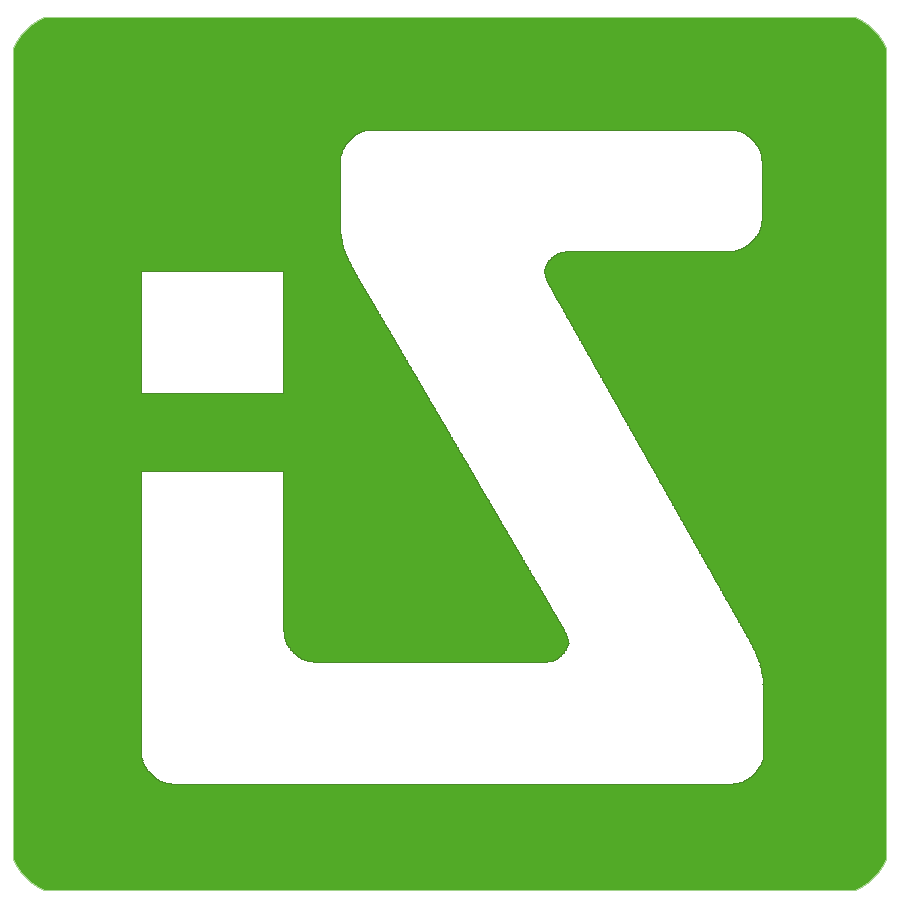Online Paystubs - The Last Step Towards A Paperless Payroll

Chances are, your organization is already more than halfway to having a completely paperless payroll process. You’re using payroll software and you’ve already set up direct deposit for your employees. You’re not printing cheques or reports anymore, so your company is already saving time and paper, and your employees are reaping the benefits of having their pay deposited regularly and reliably into their bank accounts. Congratulations!
There’s just one step left to complete your paperless payroll transformation...
Paystubs. Or pay statements, or payslips, or whatever your organization calls them. These are the statements that employees get after being paid that act as a receipt for their earnings for that period.
Companies that are still providing their employees with paper paystubs are missing out on the full benefits of a completey paperless payroll by spending more time, money, and paper on providing employees their pay statements than they have to.
Their payroll administrators are still printing out paper paystubs for every single employee at the end of every payroll run, folding them, stuffing them into envelopes, and mailing them out or manually distributing them. This process can take hours for organizations with any more than just a handful of employees — Every. Single. Pay period.
In addition, by factoring in the costs of the paper, envelopes, stamps, and the wages of the employees who have to spend time doing this manual labour, it’s clear that the expenses add up, too. We won’t even mention the environmental impact of all that paper.
For employees, paper paystubs are difficult to keep track of. Short of keeping an organized folder with all their pay statements and tax forms in chronological order (and this folder can still be misplaced or destroyed), it is almost impossible to keep an orderly record of pay history, and this often places an administrative burden back on the payroll department as they are asked to reprint lost paystubs or tax forms.
Finally, all of this is perhaps secondary to the fact that paper is so easily misplaced, and able to be read by other people. Pay statements contain extremely sensitive personal information, and a lost paystub isn’t just a nuisance, it’s a legitimate privacy and security concern.
So having said all of this, why is it that companies who are already using payroll software and direct deposit still delivering paper paystubs to their employees?
1) It’s possible that they just haven’t thought about it. While moving to direct deposit made a lot of sense, the benefits of paperless paystubs are perhaps less obvious.
2) It’s difficult to find software that just puts paystubs online. While there are a wide variety of Employee Self Service (ESS) portals and solutions out there that make viewing pay statements and history online possible, they often come with a number of unnecessary or redundant features to existing organizational HR software that just add to the price tag without adding to the value, or that would require a complete shift of payroll or HR software to make viewing online paystubs possible.
This is why our online paystub portal solution, InStaff was created. InStaff is an Employee Self Service portal that was designed first and foremost to address organizations’ need for paperless pay statements. We realized that sometimes companies just wanted a simple way to put employee paystubs online, and didn’t care much else for the other features or price tags common to typical Employee Self Service portals, or for switching payroll/HR software.
That’s why InStaff makes other self service portal features (like time tracking, company directories, company announcements, etc.) optional, and only charges you for what you need. Just looking for a digital paystub delivery solution without all the extras? You’ve come to the right place.
With InStaff, you can complete your paperless payroll process simply and affordably. If you’re already using payroll software and doing direct deposit, and are just missing the last piece of a fully paperless payroll, we’re here to help you take that last step as easily as possible.
3) It’s not needed yet. Maybe your organization is small enough that there isn’t a real administrative burden associated with using paper pay stubs. However, employee benefits of having pay history easily and securely accessible are still worth considering. And once your organization begins to grow, looking into electronic paystubs may become more important.
